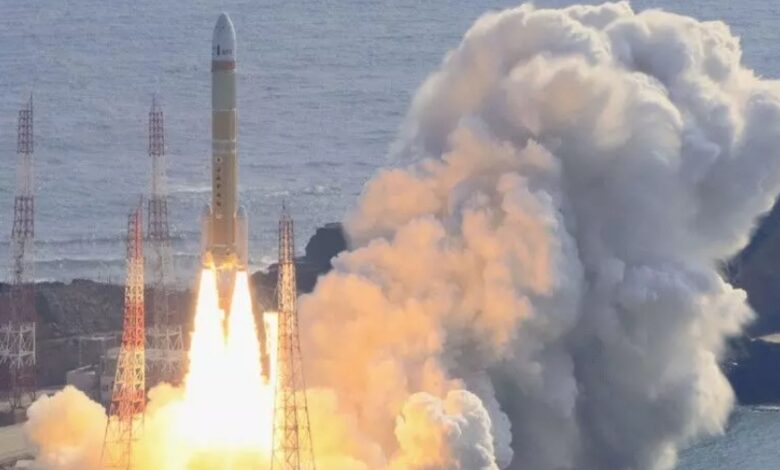The Japanese H3 satellite rocket was put into orbit after several failures

| JAXA announced: The country's H3 satellite rocket, which was facing failure last year due to problems in its newly developed launch engines, was successfully put into orbit. |
The Japan Aerospace Exploration Agency JAXA announced that the launch of the H-3 satellite rocket was supposed to take place on Thursday (February 26) from the Tangashima Space Center in Kagoshima Prefecture, but it was postponed to today (Saturday) due to bad weather. It was successfully put into orbit.
According to Kyodo news agency, this satellite rocket was supposed to be launched by March (March 11 to April 12) 2021, but due to problems in its newly developed engines, it failed.
Japan wants to build its own rockets to independently carry cargo into orbit. The country’s current active missile, the H-IIA, is scheduled to make more flights in the coming year. However, the H3 launcher, which was built by Mitsubishi Heavy Industries, is supposed to replace that missile and strengthen Japan’s indigenous space capabilities.
This Japanese media said that the H-3 launcher is expected to replace the H2A rocket, and wrote: This rocket is probably used to send equipment and food to the International Space Station and Gateway (a base in the orbit of the moon that is under the Artemis space program led by the United States is planned), be used.
The Prime Minister of this country, Fumio Kishida, while thanking the efforts of all those involved during these years, said: I hope that Japan’s flagship missiles will continuously achieve many achievements.
JAXA President Hiroshi Yamakawa stated in this regard: With the successful launch of the H-3 missile, we have achieved great progress in line with global competition.
This global competition has intensified since America’s SpaceX, which has a longer history of launching rockets, entered the market.
Japan has a powerful space program that dates back several decades. This country is considered one of the partners of the International Space Station program, and its astronauts regularly travel to this orbital settlement. The Hayabusa 2 mission returned samples from the asteroid Ryugu in late 2020. In addition to the government, a number of smaller Japanese companies are also active in the space industry. “I-Space” air and space company is one of them, which plans to make the first private sector landing on the moon in April (13 Faradhan to 11 May).
| © | Young Journalist Club |


